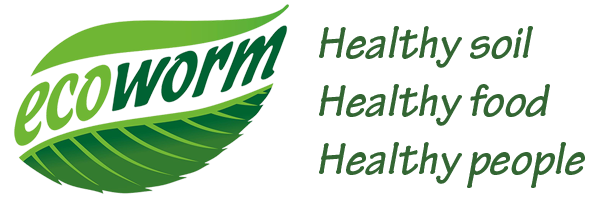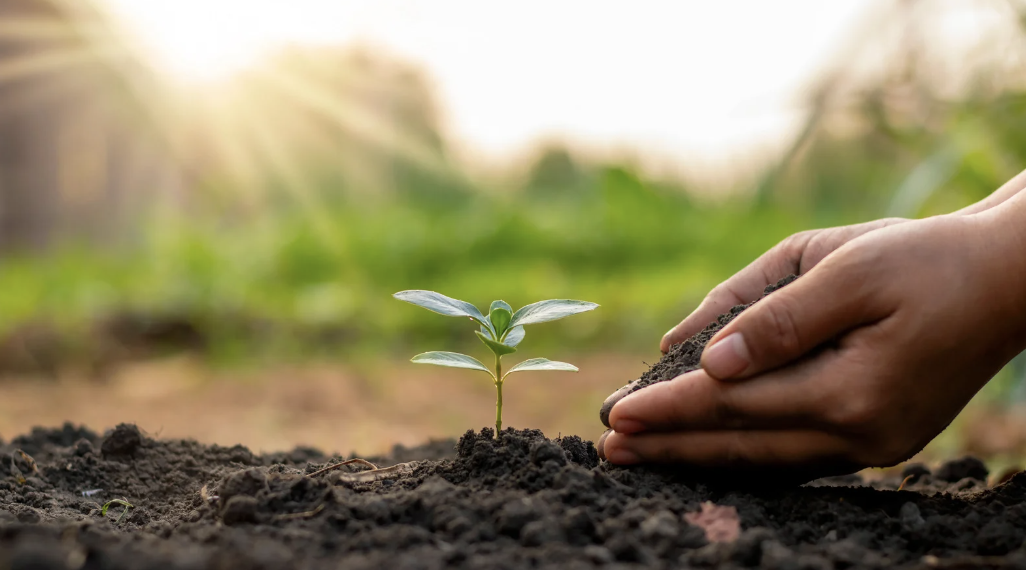As a vegetable gardener, it’s important to provide your plants with the right nutrients at the right time. Proper feeding ensures healthy growth, abundant yields, and resistance to diseases and pests. In this blog post, we will explore the best practices for feeding vegetable plants. From determining the optimal feeding schedule to understanding the nutritional needs of different vegetables, this guide will help you achieve success in your garden.
1. Understanding the Nutritional Needs of Vegetable Plants
1.1 Macronutrients and Micronutrients
Vegetable plants require a balanced supply of macronutrients and micronutrients. Macronutrients include nitrogen, phosphorus, and potassium, while micronutrients encompass secondary nutrients like calcium, magnesium, and sulfur, as well as trace elements such as iron, zinc, and copper.
1.2 Nitrogen, Phosphorus, and Potassium
Nitrogen is essential for leaf and stem development, phosphorus promotes root growth and flower production, and potassium contributes to overall plant health and disease resistance.
1.3 Secondary Nutrients and Trace Elements
Secondary nutrients and trace elements play vital roles in various physiological processes of vegetable plants. For example, calcium helps prevent blossom end rot in tomatoes, while iron is necessary for chlorophyll production in leafy greens.
2. Determining the Feeding Schedule
Feeding vegetable plants at the right stages of growth is crucial for optimal nutrition uptake. Here’s a breakdown of the feeding schedule:
2.1 Seedling Stage
During the seedling stage, provide a mild, balanced fertilizer to support the development of strong roots and healthy foliage. Use a starter fertilizer with a low nitrogen-to-phosphorus ratio.
2.2 Early Growth Stage
In the early growth stage, when the plants are establishing themselves, increase the nitrogen supply to promote vigorous vegetative growth. A balanced fertilizer or a high-nitrogen organic fertilizer can be applied.
2.3 Vegetative Stage
During the vegetative stage, the focus shifts to maintaining steady growth. Use a fertilizer with a balanced ratio of nitrogen, phosphorus, and potassium to support healthy foliage development.
2.4 Flowering and Fruiting Stage
As the plants transition into the flowering and fruiting stage, increase the phosphorus and potassium supply to encourage robust flower formation and high-quality fruits. Use a fertilizer with a higher phosphorus-to-nitrogen ratio.
3. Organic vs. Synthetic Fertilizers
3.1 Organic Fertilizers
Organic fertilizers are derived from natural sources such as compost, manure, and plant materials. They release nutrients slowly, providing a steady and long-lasting supply to plants. Organic fertilizers improve soil health and promote beneficial microbial activity. They are a sustainable and eco-friendly choice for feeding vegetable plants.
3.2 Synthetic Fertilizers
Synthetic fertilizers, on the other hand, are manufactured chemical compounds that deliver nutrients in a concentrated form. They provide a quick and immediate nutrient boost to plants. Synthetic fertilizers are easy to use and allow for precise nutrient control. However, they can be more prone to leaching and may have long-term effects on soil health if not used judiciously.
It’s important to consider your gardening practices, personal preferences, and the specific needs of your vegetable plants when choosing between organic and synthetic fertilizers.
4. Techniques for Feeding Vegetable Plants
4.1 Broadcasting
Broadcasting involves spreading fertilizer evenly over the soil surface. This method is suitable for large areas or when feeding multiple plants simultaneously. After broadcasting the fertilizer, lightly rake it into the soil and water thoroughly.
4.2 Side Dressing
Side dressing involves applying fertilizer along the sides of the plant rows or around individual plants. This technique delivers nutrients directly to the root zone, making it efficient and targeted. Create shallow trenches or furrows alongside the plants and apply the fertilizer. Cover it with soil and water gently.
4.3 Foliar Feeding
Foliar feeding involves spraying a diluted fertilizer solution onto the leaves of the plants. This method allows for direct nutrient absorption through the foliage. It is particularly useful for providing quick nutrient boosts or correcting nutrient deficiencies. Use a fine mist sprayer and apply the solution in the early morning or late evening to avoid leaf burn.
4.4 Using Compost and Mulch
In addition to fertilizers, incorporating compost into the soil and applying mulch around the plants can enhance nutrient availability and moisture retention. Compost improves soil structure and fertility, while mulch helps conserve moisture, suppress weeds, and regulate soil temperature.
5. Common Mistakes to Avoid
5.1 Overfeeding
Overfeeding vegetable plants can lead to excessive foliage growth at the expense of fruit production. It can also result in nutrient imbalances, nutrient burn, and environmental pollution. Always follow the recommended dosage and application instructions of the chosen fertilizer.
5.2 Underfeeding
Underfeeding can result in stunted growth, nutrient deficiencies, and poor yields. Regularly monitor the health and growth of your vegetable plants and adjust the feeding regimen if necessary.
5.3 Imbalance of Nutrients
Maintaining a balanced nutrient supply is crucial for the overall health and productivity of vegetable plants. Pay attention to the ratios of nitrogen, phosphorus, and potassium, as well as the availability of secondary nutrients and trace elements.
6. Monitoring and Adjusting Feeding Practices
6.1 Visual Signs of Nutrient Deficiencies
Monitor your plants for visual signs of nutrient deficiencies, such as yellowing leaves, stunted growth, or poor fruit development. These symptoms can indicate specific nutrient imbalances. Adjust your feeding practices accordingly by using targeted fertilizers or organic amendments.
6.2 Soil Testing
Regular soil testing is a valuable tool to assess the nutrient levels and pH of your garden soil. It provides insights into the specific nutrient requirements of your vegetable plants and helps you make informed decisions about fertilization.
Feeding vegetable plants at the right time and with the right nutrients is vital for their growth and productivity. Understanding the nutritional needs of different stages of growth, choosing appropriate fertilizers, and applying feeding techniques correctly will contribute to healthy and bountiful harvests. Remember to monitor your plants, make adjustments as needed, and strive for a balanced and sustainable approach to feeding. Happy gardening!
FAQs
- Q: How often should I feed my vegetable plants?
- A: The feeding frequency depends on the growth stage of the plants. Generally, aim for regular feeding every 2-4 weeks during the growing season.
- Q: Can I use homemade compost as a fertilizer for my vegetable plants?
- A: Absolutely! Homemade compost is an excellent organic fertilizer that enriches the soil and provides essential nutrients to plants.
- Q: Are there any vegetables that require special feeding considerations?
- A: Yes, some vegetables like tomatoes and peppers are heavy feeders and benefit from additional nutrients throughout the growing season.
- Q: Is it possible to overfeed vegetable plants with organic fertilizers?
- A: While organic fertilizers release nutrients slowly, it is still possible to overfeed plants if excessive amounts are applied. Follow the recommended dosage and avoid excessive applications.
- Q: How can I tell if my vegetable plants are getting enough nutrients?
- A: Regularly inspect your plants for healthy foliage, robust growth, and good fruit development. Any signs of nutrient deficiencies or stunted growth may indicate the need for adjustments in feeding.


Comments are closed